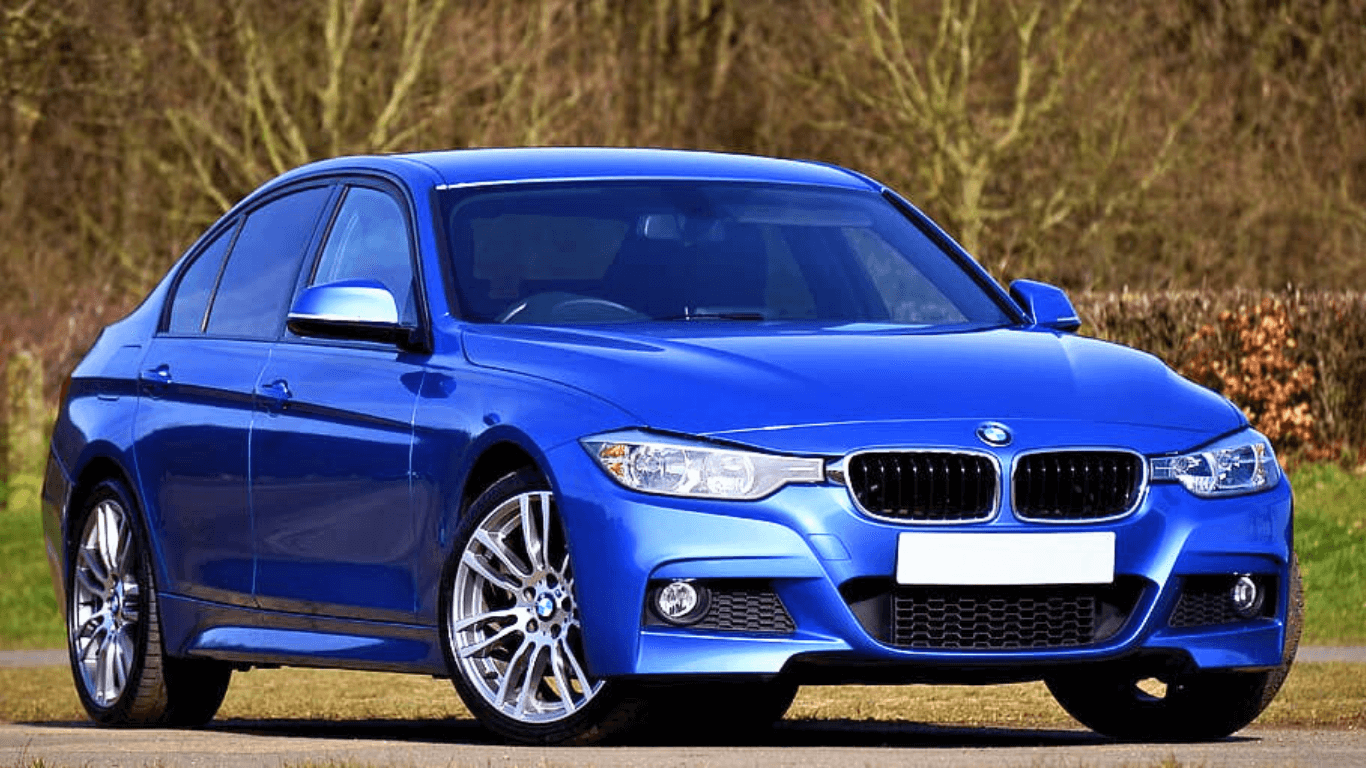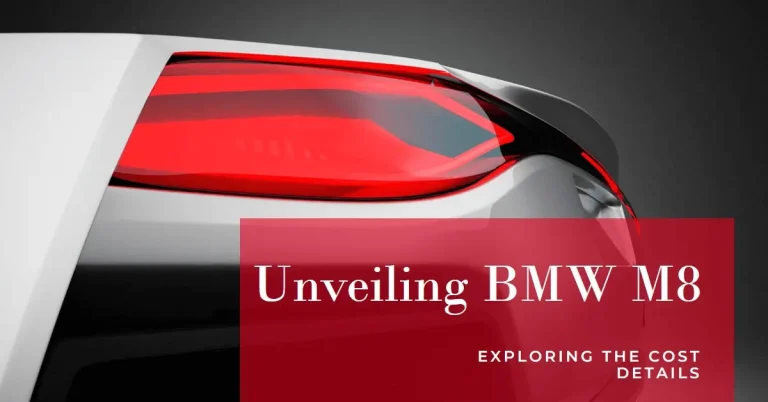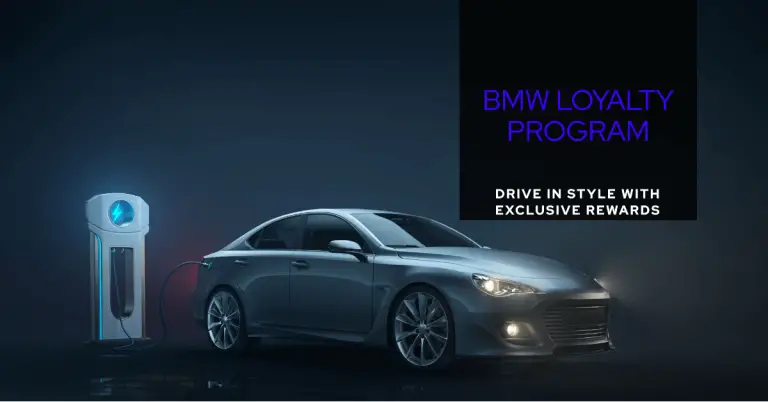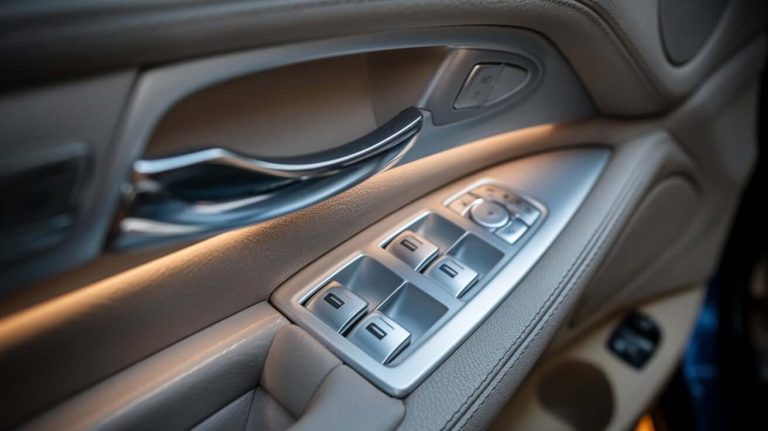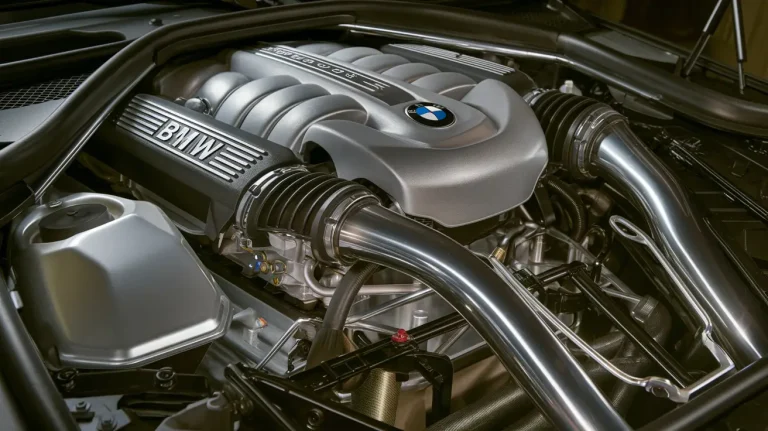BMW Metallic Blue: The Ultimate Guide to This Stunning Paint Color
BMW’s deep metallic blue is one of the most legendary and recognizable automotive paint colors ever created. For over 50 years, various shades of BMW’s iconic blue have adorned luxury performance models across the brand’s lineup. But what exactly makes BMW’s blue paint so special?
In this complete guide, we’ll explore everything you need to know about BMW’s iconic metallic blue car paint. You’ll learn about the origins and history behind BMW’s signature blue, discover paint code specifics, and see which models have proudly displayed the company’s quintessential color. Whether you’re a BMW enthusiast or simply appreciate brilliant automotive paint finishes, understanding the heritage and qualities of BMW’s blue metallic paint provides insight into how a single color can transcend into cultural icon.
The Origins and History Behind BMW’s Metallic Blue
BMW’s association with blue began in the 1970s as paint technology advanced to allow for eye-catching metallic finishes. The company’s marketers realized they needed a vibrant color that would highlight the sleek new 3 Series coupe launched in 1975. But blue wasn’t BMW’s first choice. Initially, company executives requested the coupe be painted in a copper-brown tone. Luckily for fans of blue, that decision was vetoed at the last minute.
The First Modern Blue: Polaris Metallic
Instead, designer Paul Bracq recommended a striking blue called Polaris Metallic for the new 3 Series coupe. It became the first modern blue paint used across BMW models and ignited their tradition of blue as a company color. Polaris garnered acclaim for its multi-faceted nature, appearing green, grey, or purple depending on lighting conditions. BMW had found the ideal shade to showcase their vehicles’ sweeping lines and muscular stance.
1980s Brilliance: Lapis Blue Metallic and Mauritius Blue Metallic
In 1984, BMW introduced the luxury 7 Series E23 which came with an updated blue called Lapis Blue Metallic. Deeper and brighter than Polaris, Lapis Blue possessed incredible depth achieved using dark blue pigments covered with tiny aluminum flakes. It was a sales success, accounting for over 20% of 7 Series orders. The 1980s also saw Mauritius Blue Metallic debut on the 5 and 6 Series models, featuring green undertones that made it BMW’s most sophisticated blue to date.
1990s Classics: Techno Violet and Avus Blue
In the 1990s, BMW introduced some of their most famous blues. First came Techno Violet Metallic, a stunning purple-blue debuting on the E36 M3 coupe. Its chameleon-like ability to shift between blue and violet wowed drivers. Later in the decade, Avus Blue Metallic arrived on the Z3 roadster and M3 sedan. Named after a famous racetrack, Avus possessed remarkable clarity and brightness, making it an instant classic. Both Techno Violet and Avus Blue gained fame through BMW’s burgeoning M performance division.
Modern Legends: Atlantis Blue, Laguna Seca Blue, and Valencia Blue
Into the 2000s and beyond, BMW created new signature blues for the modern era. releases like Atlantis Metallic (blue-green), Laguna Seca Blue (bright blue), and Valencia Blue Metallic (orange-blue) expanded BMW’s blue portfolio. These colors combined cutting-edge paint technology with fashionable blue-green and blue-violet tones. BMW also continued using classics like Techno Violet and Avus Blue on special models, cementing their status as all-time greats.
BMW Metallic Blue Paint Codes and Names
Over BMW’s history, they have produced metallic blue finishes with a variety of unique paint codes and marketing names. Here are some of the most important BMW blue paint colors and their associated codes:
- Polaris Metallic (674) – Debuted in 1975 on the E21 3 Series coupe
- Lapis Blue Metallic (LAPISBLAU) – Used on 1980s 7 Series starting in 1984
- Mauritius Blue Metallic (211) – Found on 5 and 6 Series models in late 1980s
- Techno Violet Metallic (2V2) – Iconic purple-blue debuting in 1992 on E36 M3
- Avus Blue Metallic (AVUSBLAU) – Bright blue launched in 1997 on the Z3 and E36 M3
- Laguna Seca Blue (LSB) – 2000s blue inspired by the raceway of the same name
- Valencia Blue Metallic (B45) – Striking orange-blue first seen on 2009 BMW M3
- Atlantis Metallic (C16) – Blue-green color that joined BMW lineup in 2013
- Snapper Rocks Blue Metallic (C5E) – 2014 blue named after Australian surf spot
In addition to the paint codes, BMW has given its specialty blues marketing names evoking exotic destinations, famous racetracks, and more. This tradition strengthens the sense of luxury, excitement, and wanderlust associated with BMW’s signature metallic blues.
Notable BMW Models Featuring Metallic Blue
Several of BMW’s most important production cars and exclusive models have proudly displayed the company’s various metallic blue paint colors over the decades:
BMW M3
The high-performance BMW M3 has been the showcase for much of their top blue finishes:
- E36 M3: Featured Techno Violet, Estoril Blue, Avus Blue
- E46 M3: Came in Laguna Seca Blue and Phoenix Blue Metallic
- E92 M3: Offered in Atlantis Metallic and Valencia Blue
BMW M5
The M5 high-performance sedan has included standout blues like Daytona Violet Pearl, Le Mans Blue Metallic, and Snapper Rocks Blue Metallic.
BMW Z4
Roadster and coupe models of the Z4 have provided the perfect canvas for shades like Valencia Blue Metallic and Atlantis Metallic.
BMW i8
The futuristic hybrid i8 sports car made a splash with exclusive color Frozen Blue Metallic and other blue-green finishes.
BMW X5 & X6
BMW luxury SUVs like the X5 and X6 have featured some of BMW’s latest metallic blues, including Phytonic Blue and Mediterranean Blue.
BMW Individual Program
Through their exclusive BMW Individual customization program, customers can order incredibly rare blues on high-end models. Options have included Petrol Mica Metallic, Azure Blue Metallic, and Paraiba Blue Metallic.
Why BMW’s Metallic Blue Has Such an Iconic Legacy
There are several important factors that explain the enduring legacy and appeal of BMW’s various metallic blue paint finishes:
Brand Heritage and History
- Associated with BMW for over 50 years dating back to 1970s Polaris Blue
- Builds on company’s heritage as a producer of Driver’s cars
Striking Visual Appeal
- Depth, brightness and color-shifting qualities showcase BMW design
- Reflects light across sculpted bodywork for sensational visual effect
Links to Motorsport Success
- Legendary BMW racing livery is light blue with red and purple accents
- Many blues named after racetracks like Laguna Seca and Avus
Conveys Performance and Excitement
- Vibrant metallic blues match BMW’s image as producer of ultimate driving machines
- Dynamic qualities evoke speed and adrenaline rush of BMW high-performance models
Unique Manufacturing Complexity
- Multi-layer paint process requires exacting precision to create special effect
- Combines dark blue basecoat with light blue and aluminum flakes in clearcoat
For over 50 years, BMW’s deep metallic blue has maintained its status as one of the most stunning and recognizable colors in automotive history. The rich heritage, manufacturing complexity, and strong visual impact come together to make BMW’s blue truly special. When you see a metallic blue BMW streak by on the road, you instantly know it possesses that magical fusion of luxury and performance the brand embodies. BMW’s iconic blue will continue to capture the imagination of drivers for years to come.

